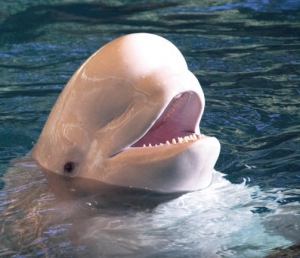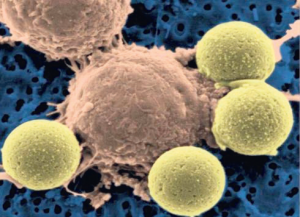FRIDAY, 25 JANUARY 2013
Climate scientists are constantly trying to come up with new ways to delay or reduce climate change. ‘Solar dimming’ for example as been put forward as a way to delay temperature rises and could be achieved by brightening clouds or putting mirrors into space. However, computer simulations at the Department of Energy’s Pacific Northwest National Laboratory suggest that the success of this strategy would depend on the Earth’s ‘climate sensitivity’ to increased carbon emissions. For the first time, solar reduction methods have been explored in a computer model which takes into account the effects of carbon emissions on climate change. This model has shown that the change in the Earth’s temperature and therefore the need for solar dimming is intrinsically connected with the sensitivity of the Earth to an increase in CO₂ concentration. The researchers compare this to the sensitivity of humans to sunlight; some people may be fine without sun block whilst others will burn in minutes. If the Earth is only moderately sensitive, solar dimming may be unnecessary. Conversely, if the Earth is highly sensitive to carbon emissions, solar dimming may provide an effective means of reducing temperature rises. The researchers have now devised a metric to quantify how much solar radiation management will be needed to keep warming under a particular temperature change threshold. This will then be able to assess the potential success of any solar dimming attempts. Milly StephensDOI: 10.1007/s10584-012-0577-3
Beluga whale mimics human speech
In current biology, Ridgway and colleagues report the startling find of human speech mimicry by a Beluga whale named NOC. Before reaching sexual maturity, NOC learned to imitate the phrases of his human handlers. The discovery was made when a diver thought someone had instructed him to get out of the water, but it was in fact NOC repeating the word “out”. To investigate, Ridgway and team compared NOC’s calls with human speech patterns and discovered that they shared the same amplitude-rhythm and frequency, and that NOC’s mimicking calls were several octaves lower than normal whale calls. Whales make sounds by passing air through ‘phonic lips’, a structure similar to the human nasal cavity. When the membranes of the phonic lips touch, they produce vibrations in the surrounding tissues that can be controlled with great sensitivity. The air is then sent to the vestibular sac located near the blowhole for later re-use or release. Experiments suggest that NOC varied the pressure in his nasal tract, and over-inflated his vestibular sacs in tandem with muscular adjustments to his vibrating phonic lips to effectively mimic human speech. This study builds on earlier anecdotal reports of wild whales making calls that sounded like human speech. The question is now whether this is an attempt to communicate with humans or simple mimicry. Chris Creese
DOI:10.1016/j.cub.2012.08.044
Fighting cancer with exercise
Exercise has been shown in the past to correlate with a reduced risk of both primary and secondary incidents of cancer, as well as to improve the prognosis of cancer patients. However, until now there has been little insight into the potential causes behind this interesting correlation. Dr. Bilek and colleagues at The University of Nebraska Medical Center and a team at The Rocky Mountain Cancer Rehabilitation Institute have analysed the immune response cells in the blood of cancer survivors both before and after a 12-week exercise programme. The results show that following exercise, a significant number of the cells had transformed from a senescent form into a naiÅve, more readily active form that is quicker to respond to invading infections. Dr. Bilek reports that often, post-chemotherapy analysis of blood samples show a high number of these immune cells in the senescent form, making it harder for the immune system to fight off future cancer. Accordingly, if exercise helps to rebuild the population of responsive immune cells ready to fight infection, then this could contribute to the inverse association we see between exercise and the risk of developing cancer. Ruth Waxman
http://www.the-aps.org/mm/hp/Audiences/Public-Press/For-the-Press/releases/12/39.html



